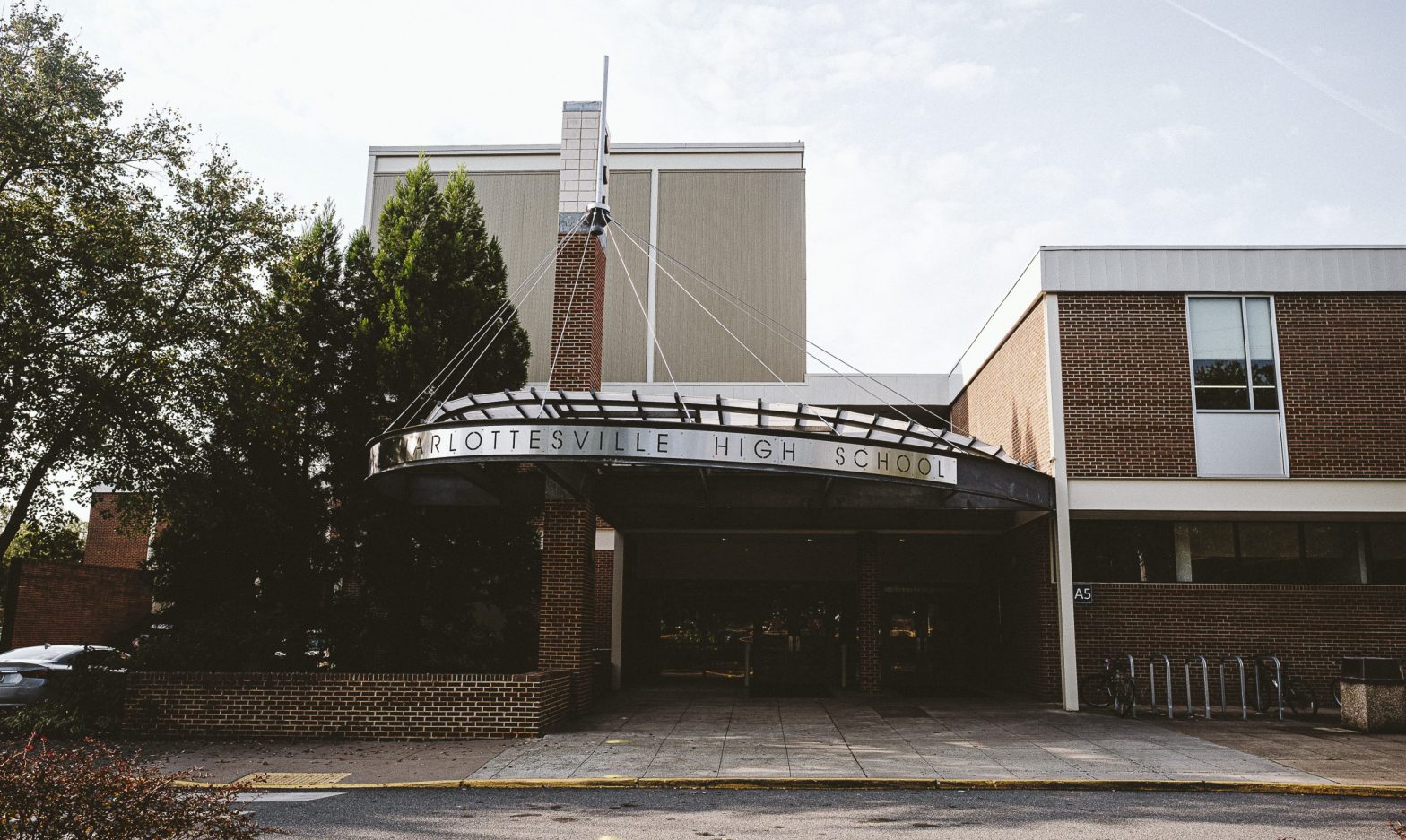After protests over police brutality rocked the nation in the summer of 2020, both Charlottesville and Albemarle ended their school resource officer programs. The districts replaced the officers with care and safety assistants, unarmed adults tasked with building relationships with students, monitoring hallways, de-escalating conflicts, addressing mental health concerns, assisting with security issues, and upholding the school’s code of conduct.
Since those changes went into effect, the presence of school resource officers has become yet another flash point in Virginia politicians’ war over the state’s education system. Republicans, who swept to victory in 2021’s elections in part by campaigning on education issues, have since proposed bills that would require every public elementary and secondary school to have one school resource officer on duty. It’s among the many GOP initiatives that aim to undo changes made in the state in the last few years (p. 17).
Governor Glenn Youngkin has voiced his support for the initiative, and promised $50 million in state funding for SROs over the next two years. A House of Delegates bill requiring resource officers in middle and high schools passed the House education committee 12-10 this week. The state Senate, which Dems control 21-19, remains in the way of Republicans passing whatever laws they want, and defeated its version of the bill in the Senate education committee. Still, community activists who advocated for the removal of resource officers warn against the consequences of continued GOP pressure on this front.
“Since the advent of school resource officers…we’ve seen how young people get tangled up not just in one spider web of school discipline structures, but in two spiderwebs at the same time when we bring law enforcement into the equation,” says Amy Woolard, policy director for the Legal Aid Justice Center. “A lot of our clients were facing having to fight their suspensions for certain behaviors at the same time they were fighting essentially criminal charges.”
A 2018 report from The New York Times indicated that in Charlottesville, Black children are five times as likely to be suspended from school as white children. “Students of color are more likely to go to a school with a police officer, more likely to be referred to law enforcement, and more likely to be arrested at school,” concluded a 2016 report from the ACLU. “Nationally, Black students are more than twice as likely as their white classmates to be referred to law enforcement.”
Parent Lara Harrison of the Hate-Free Schools Coalition of Albemarle County points to the troubled history of SRO programs. Beginning in the 1960s and ’70s, several major cities began putting police into schools in response to Black and Latino student protests against racism. “The U.S. has a history of using policing to squash dissent from BIPOC people and to keep targeted groups in a constant state of fear and intimidation,” she says.
The ACLU’s research also concludes that SROs do not prevent school shootings, which has been cited as justification for their increased presence since the 1990s. Instead, SROs are more likely to inflict violence upon students of color and disabled students. Numerous videos showing police detaining, assaulting, and injuring students—as young as kindergarteners—have gone viral on social media in recent years.
“I have seen more than one video of a child being slammed to the ground,” says Christa Bennett, who has two daughters who attend city schools. “The risk of that happening in our schools outweighs the potential benefit that if police were in a situation where there is violence, they would be able to stop it—and as a whole there’s no evidence that having police in schools does that.”
In turn, SROs can create a tense learning environment for students, and make them feel unsafe. “Exposure to police surges significantly reduced test scores for African American boys, consistent with their greater exposure to policing,” says one recent study from education professors at Harvard and Columbia.
Charlottesville School Board chair Lisa Larson-Torres says the district’s new safety program has been “going great,” and she does not want the board to be forced to end it. She believes every school division should be able to choose its own safety model.“There have been fewer fights at Charlottesville High School than during most years prior to the new model,” says Larson-Torres.
Instead of SROs, schools should invest in hiring coaches, mentors, counselors, and other support staff, especially as students continue to recover from trauma caused by the pandemic, says Woolard. “We should be first looking to fully fund the positions we already need.”
The state must also work to address inequities outside the classroom, which are often the root cause of student misbehavior, adds activist Ang Conn of Charlottesville Beyond Policing.
“We have not provided enough funding to vital aspects of growth and development: proper housing, proper mental health care, food resources for families,” says Conn. “They go after youth who are the products of these [inequities].”
Bennett encourages community members to let the Charlottesville School Board know they do not want SROs to return to city schools, and to get involved in local advocacy groups, like the newly established Charlottesville United for Public Education.
“It’s important for white parents to speak out about this and use our privilege to say that this is not something that we support,” says Bennett.
If the proposed law is passed, Bennett hopes the city school board will use its utmost discretion when creating a new contract with the Charlottesville Police Department. Meanwhile, Harrison urges the county school board to do all that it can to preserve its new safety program.
“ACPS must use all resources available to keep police out of all schools—whether it be in the courtroom or at the legislative level,” adds Harrison.
